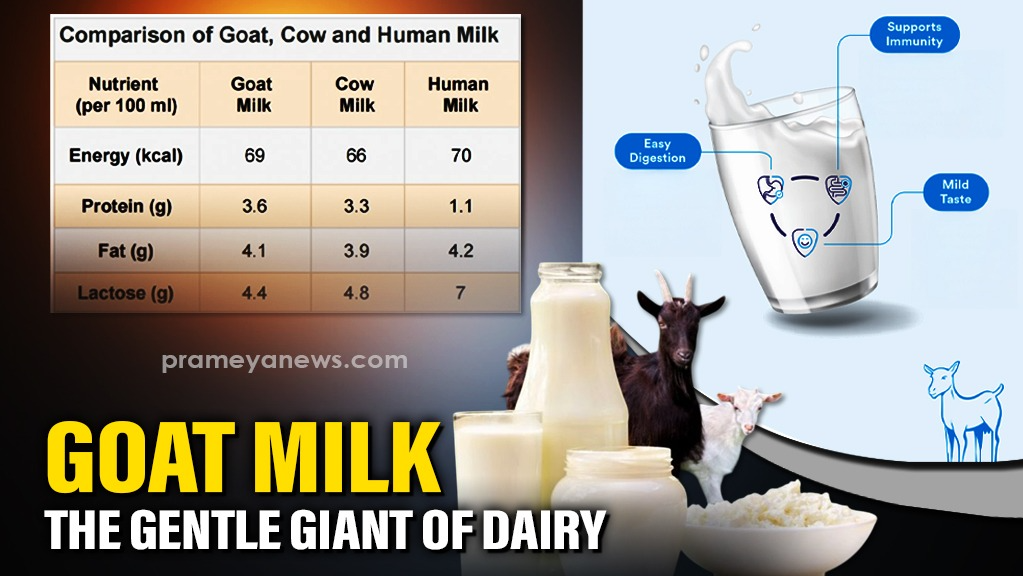

In a world increasingly focused on wellness and mindful consumption, a traditional staple is being rediscovered as a modern superfood. Goat milk, long cherished in many parts of the world, is rapidly emerging as a global dairy star, prized for its superior nutritional profile and gentle digestive properties. This surge in popularity, driven by health-conscious consumers and the growing prevalence of lactose intolerance, is creating a significant economic opportunity. For India, home to the world's largest goat population, this shift represents a critical juncture—a chance to transform a humble rural resource into a powerful engine for economic growth and nutritional security.
The rising prominence of goat milk is firmly rooted in its unique nutritional composition, which offers several distinct advantages over cow's milk. Its fat globules are naturally smaller, and it contains a lower concentration of a specific protein (αs1-casein), which makes it inherently easier to digest. This creates a softer curd in the stomach, reducing the likelihood of digestive discomfort and allergic reactions. These properties make it an ideal alternative for infants, the elderly, and the millions of people who struggle with cow milk allergies or lactose intolerance.
Beyond its digestibility, goat milk is a nutritional powerhouse. It is naturally richer in essential minerals like calcium, phosphorus, and magnesium, as well as key vitamins such as Vitamin A and B2. It also contains beneficial trace elements like zinc and selenium, which support immune function. However, it is naturally low in folic acid and Vitamin B12, crucial nutrients for infant development, which necessitates fortification in products like goat milk-based infant formulas to ensure complete nutrition.
The journey of goat milk from the farm to the global marketplace has been transformed by modern processing technologies. Advanced techniques are now used to enhance its safety, extend its shelf life, and create a diverse range of high-value products. Careful pasteurization preserves its nutritional integrity, while fermentation unlocks new possibilities, creating probiotic-rich products like yogurt and kefir that cater directly to the demand for gut-friendly foods.
Perhaps the most significant innovation is spray drying, which converts liquid milk into a stable powder. This process has revolutionized the industry, enabling easier transportation, longer storage, and opening up vast potential for the export market. Goat milk powder is now a key ingredient in a wide array of functional foods, nutraceuticals, and, most importantly, allergy-friendly infant formulas, where its structural similarity to human milk is highly valued.
With a staggering population of over 148 million goats, India is uniquely positioned to become a global leader in this booming market, which is projected to reach nearly $18 billion by 2030. Recognizing this immense potential, Indian institutions like the National Dairy Development Board (NDDB) are now working to integrate goat milk into the mainstream dairy supply chain. These initiatives focus on establishing modern collection centers and cold chains in rural areas, training farmers in best practices, and fostering partnerships to develop processing and marketing channels.
This strategic push is about more than just economics; it is about social empowerment. The majority of goat farmers in India are smallholders, many of them women and marginal farmers. By creating a structured market for goat milk, these programs aim to provide a stable source of income, boost rural livelihoods, and reduce poverty. The future of the industry is being driven by further innovation, including the development of lactose-free formulations and sustainable packaging, ensuring that this ancient resource can meet the demands of the modern, eco-conscious consumer. Goat milk is no longer just a niche product; it is a catalyst for a healthier and more prosperous future.
Data Source: Rural voice